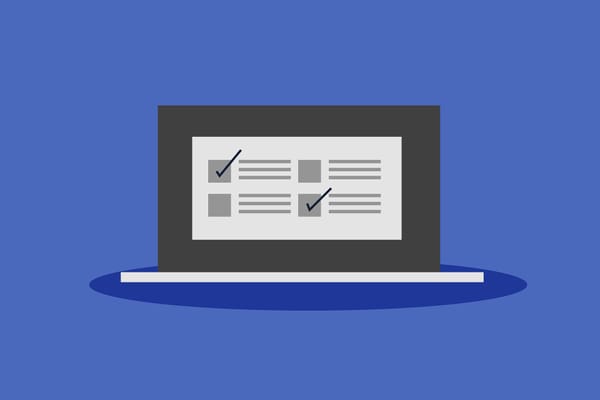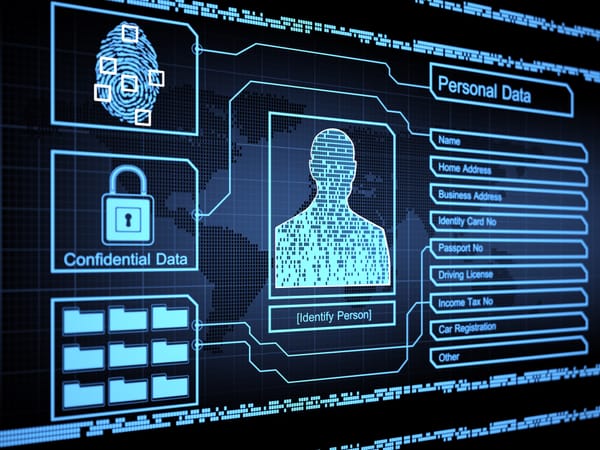Data Scraping: Associated Security and Privacy Risks

Web scraping, or data scraping, is the process of extracting and collecting data from websites. Today, data harvesting is mostly automated, relying on specific tools. On a much smaller scale, regular internet users often participate in data scraping. This manual process requires users to copy-paste the information into a locally stored document or file.
Businesses mainly use the automatic extraction of web data. It”s an efficient way to gather millions and even billions of data points for business intelligence, market research, generation of sales leads and price comparison.
The dark side of web scraping
The security risks of web scraping are endless, since malicious actors abuse the process of gathering publicly available data. Two recent illustrations of how data scraping has compromised user privacy are the Facebook and LinkedIn data leaks. Both incidents have been associated with data scraping, exposing over half a billion data entry points of users’ profile information.
Check if your personal info has been stolen or made public on the internet with Bitdefender’s Digital Identity Protection tool.
Data exposure and user privacy risks may extend in various ways because threat actors can design web scrapers with more nefarious functions to bypass target websites’ security, gathering more sensitive information from platform users.
Social media platforms are especially prone to criminal data scraping due to the high volume of personally identifiable information (PII) that users regularly share. Threat actors quickly exploit reckless social media behavior, scraping personal data from user profiles. This information includes full names, date of birth, location, email addresses, phone numbers, workplace, photos, and any other data they publicly submit on the platform.
This information is of particular interest to scammers, who used it to deploy phishing attacks via email, text and instant messaging. Moreover, cybercriminals can use scraped workplace data to target specific employees and compromise internal networks with crippling ransomware.
Additional security risks stem from poorly configured or unprotected databases containing publicly available user data. In recent years, billions of user datasets were accessed by unauthorized parties, further extending the pool of data breach victims fueling cybercriminal activity.
How can regular internet users protect against data scraping incidents
While some online platforms condone scraping their users’ data, protecting against it is a painstaking process. The existence of loopholes allows threat actors to filter and exfiltrate the private information of users. One of the best ways for users to protect against unwanted data exposure due to web harvesting is limiting the information they provide when setting up an account or profile.
Making smart and privacy-focused decisions by filtering the data social media users chose to make public can go a long way. It may not be a bulletproof solution, but narrowing down any publicly available information that can be combined and used in targeted attacks can spare users from further compromise. If you haven’t reviewed your account privacy setting since you’ve signed up on a platform, it”s a good idea to examine the settings. Start by not allowing anyone on the internet to view your associated email address, phone number and birth date.
tags
Author
Alina is a history buff passionate about cybersecurity and anything sci-fi, advocating Bitdefender technologies and solutions. She spends most of her time between her two feline friends and traveling.
View all postsRight now Top posts
How to Protect Your WhatsApp from Hackers and Scammers – 8 Key Settings and Best Practices
April 03, 2025
Outpacing Cyberthreats: Bitdefender Together with Scuderia Ferrari HP in 2025
March 12, 2025
Streamjacking Scams On YouTube Leverage CS2 Pro Player Championships to Defraud Gamers
February 20, 2025
How to Identify and Protect Yourself from Gaming Laptop Scams
February 11, 2025
FOLLOW US ON SOCIAL MEDIA
You might also like
Bookmarks







